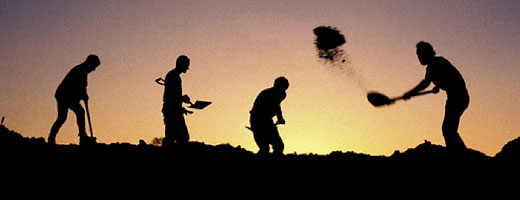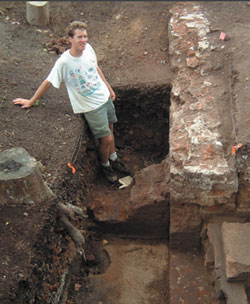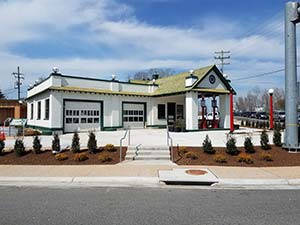
Image courtesy of Wessex Archaeology Ltd
We believe that the past is best understood by “doing” history – by becoming an active participant in discovering the lives of everyday people. Archaeology is the cornerstone of the Fairfield Foundation’s research and outreach activities. Our goal is to learn about the past through the physical examination of the landscape and the recovery of artifacts from every period of human occupation. Since November 2000 we’ve focused our research on Fairfield plantation. We utilized shovel testing and ground penetrating radar in plowed fields to identify concentrations of artifacts and features across the acreage surrounding the manor house ruin. These concentrations represent significant buildings, landscape features, and activity areas dating from the prehistoric period to the present day. We followed up our initial surveys with in-depth excavations designed to identify the specific locations and forms of buildings, trash disposal layers, fencelines, and other features. Over the last decade we’ve uncovered and studied large clay borrow pits, slave quarters, and extensive enclosed gardens, in addition to the foundations of the manor house, which represents an important landmark of 17th-century architectural design. These investigations are helping us understand the original appearance and evolution of this complex plantation landscape.

Fairfield Foundation Co-Director, Thane Harpole takes a break at the cellar entrance of Fairfield.
Alongside our work in the field we continue to examine the extensive collection of historic documents related to the Burwell family and Fairfield plantation throughout its history. The synthesis of archaeological and historical information will ultimately lead to a more accurate understanding of the lives of slaves, servants, land owners, and all of Fairfield plantation’s residents. Add to this a growing database of oral histories, passed on from generation to generation and describing the changing plantation landscape and the formation of the African-American community after the Civil War, and you can understand the amazing potential to add to our understanding of over 400 years of human history.
